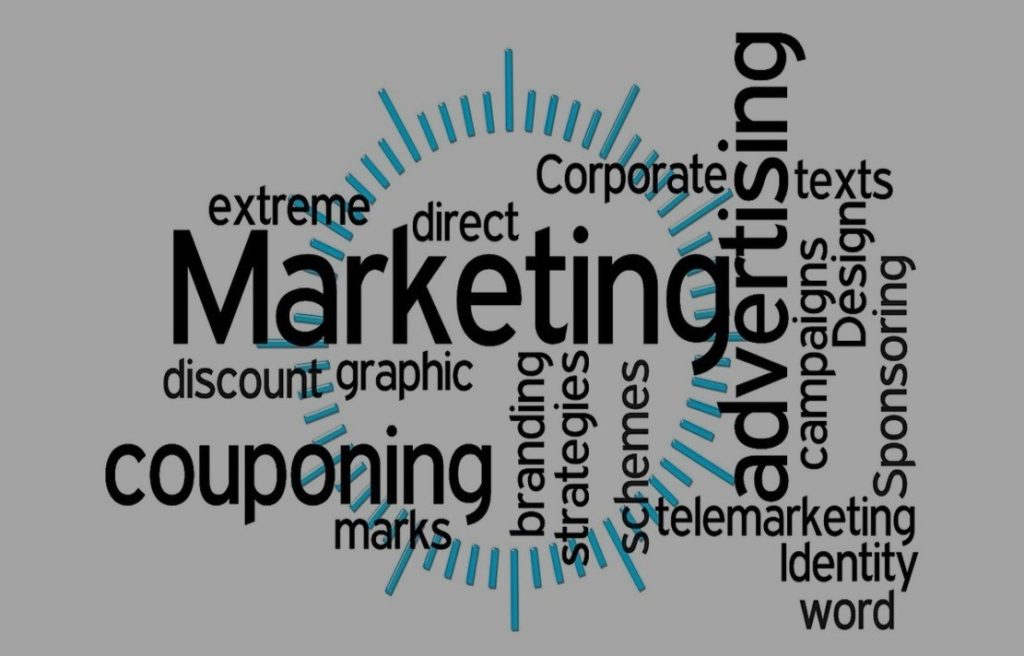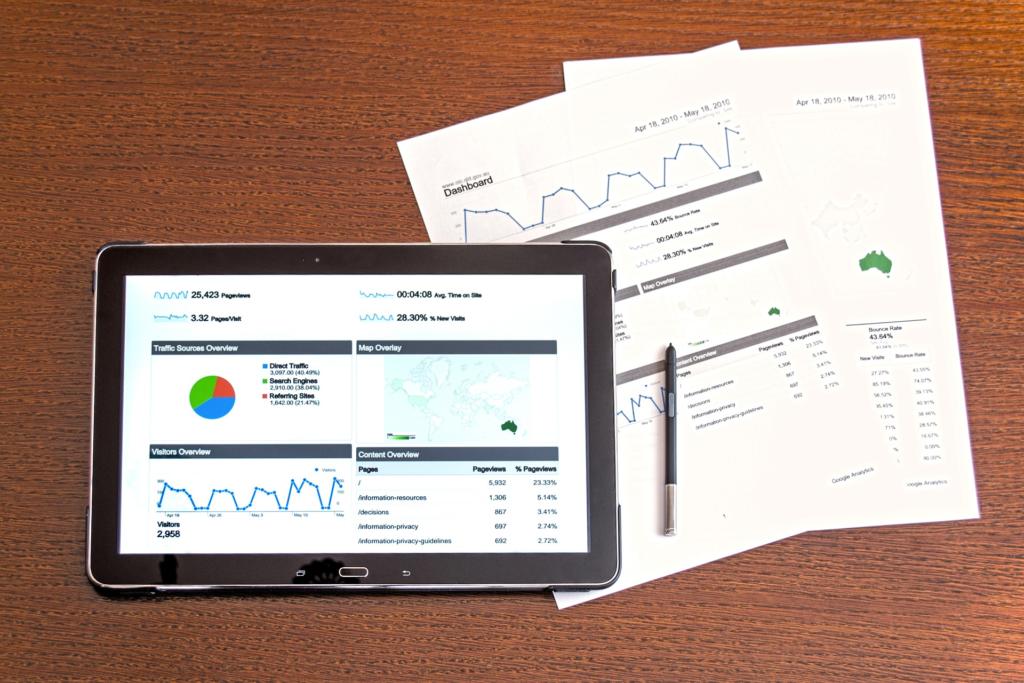5 Essentials of Dynamic Content for Smarter B2B Marketing
Dynamic content strategy optimizes the conversations through the use of relevant & precognitive marketing technics.

B2B marketing practices, nowadays, are driven by the intent of serving hyper-personalized content to users by tracking their online activities which help marketers achieve their bottom-line of optimizing the sales’ conversions. This is where the concept of “dynamic content” strategy is pragmatic & comes handy. Dynamic content optimizes the conversions through the use of relevant & precognitive marketing technics. Oftentimes, personalization is considered an indispensable element of any successful content strategy.
78% of Chief Marketing Officers (CMOs) think that customized content is the future of marketing. (Source: business2community.com).
Integrating personalization into content strategy gives rise to dynamic content. This is the portion of the content that changes dynamically based on the “intent-data” of the prospects researching on the website. In fact, the concept of dynamic content extends beyond websites to emails, landing pages & even forms.
Dynamic content
According to a study by the Aberdeen group, personalized emails improve the Click Through Rates (CTR) by 14% & conversions by 10%. Dynamic content (sometimes also known as adaptive content or Real-Time content) refers to web content that changes based on the preferences of the buyer persona or as per their demographic, firmographic, psychographic or “fit-data.” The goal of dynamic content is to deliver phenomenal customer experience to the prospects on the website, to satisfy their online experience by addressing their pain points & to provide probable solutions to their problems. A dynamic content strategy is powered by application and scripts and delivers best results in conjunction with static content. The HTML content displayed on landing pages, emails & forms that transforms according to the interest of the viewers on the website or according to their past browsing habits & even on the basis of their cookie data falls in the category of dynamic content. Let’s suppose a user has signed up for a business’ website and is researching about his buying preferences. In such a case, the landing pages might display dynamic content which will resonate with immediate actions that the viewers need to take in order to drive conversions, such as clicking on a smart Call-to-Action (CTA) button, while the other pages might display some additional content link that will benefit the viewer.Implementing Dynamic Content
Modern marketers are constantly experimenting with new publishing environments to help their cause through several pieces of content. The ferocious competition in the marketplace demands omnichannel marketing. Dynamic content is an evolved strategy for today’s marketers which leverages advanced data analytics & artificial intelligence (AI) to deliver hyper-personalized content to the viewers, based on their segmentation. Using dynamic content requires a structured & centralized customer database. Dynamic content strategies can be designed by integration with Customer Relationship Management (CRM) tools or as extensions or plug-ins of a CRM (with the help of an application program interface (API)). Another way to employ Real-Time content can be by assembling third-party databases that might not essentially be integrated with CRM, but need to collect prospect data on the basis of their demography, psychography, browsing habits, technography, etc. Several third-party tools also equip marketers to A/B test different modulations of their dynamic text.Dynamic Content Benefits
A dynamic content strategy takes time to be framed. Once the structure has been set-up, the benefits of a dynamic content strategy can be reaped. The CRM plays an important role in designing & executing an invisible Real-Time content strategy. CRM is a powerful tool on its own. Once the structured data from CRM is analyzed & the users are segmented on the basis of their demographic, technographic, psychographic, firmographic & fit-data, as well as on the basis of their past browsing & buying habits, personalized content can be delivered to the prospects to improve their experiences; by efficiently addressing their problem areas to drive quicker conversions.1. Personalization helps in Conversion Rate Optimization (CRO):
Personalization of content & context for prospects makes them feel important which instigates them to take quicker actions, thereby optimizing website conversions. The best part is that a dynamic content strategy may be used through all the four major stages of the buyers’ lifecycle viz. the following:- Attract – When the prospects subscribe to the website for information
- Engage – When they express their interest or inclination towards a product or service by placing a query to the marketing team & thereby getting converted to leads
- Convert – When the potential buyers are converted into customers after asking for a purchase
- Delight – When the existing buyers return to the website with the intention to buy more or complementary products or services or for availing after sales services.



